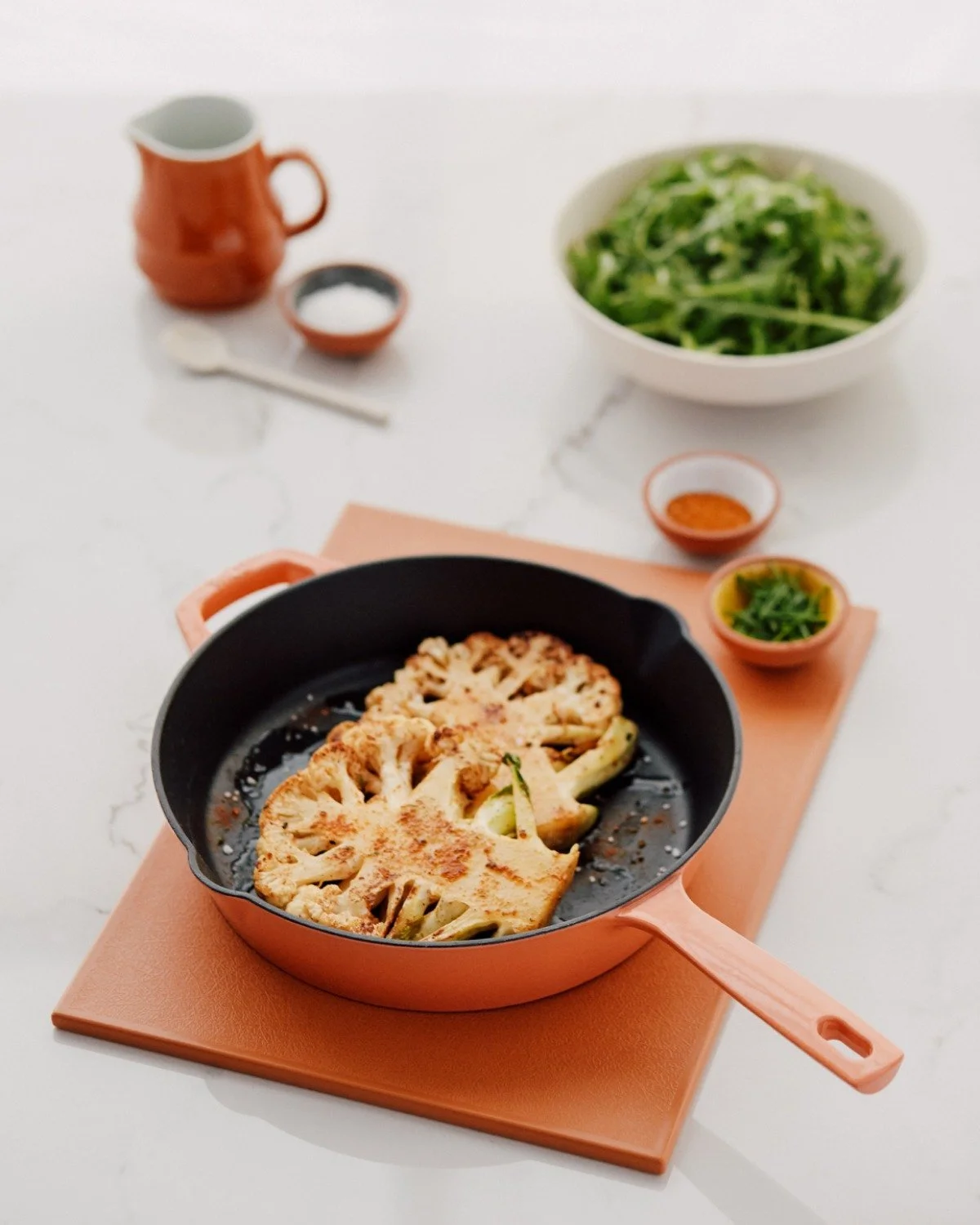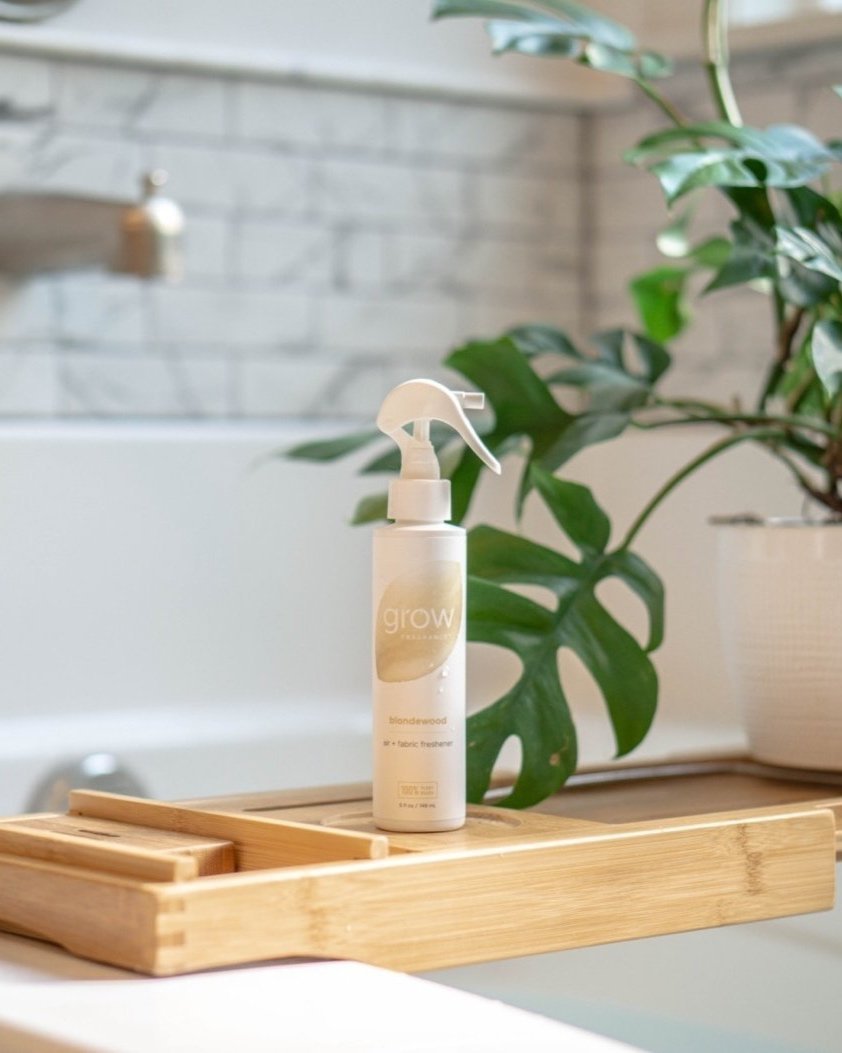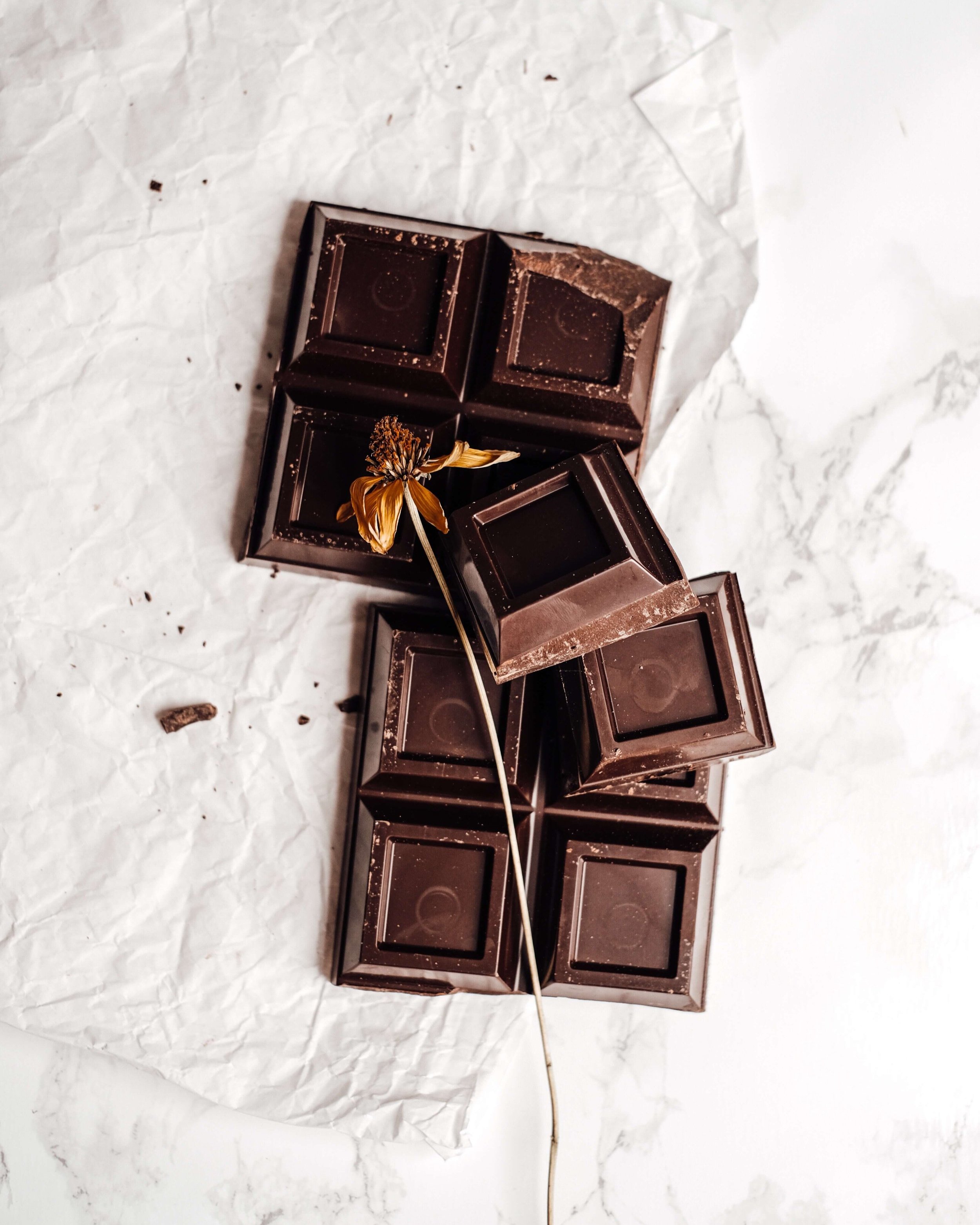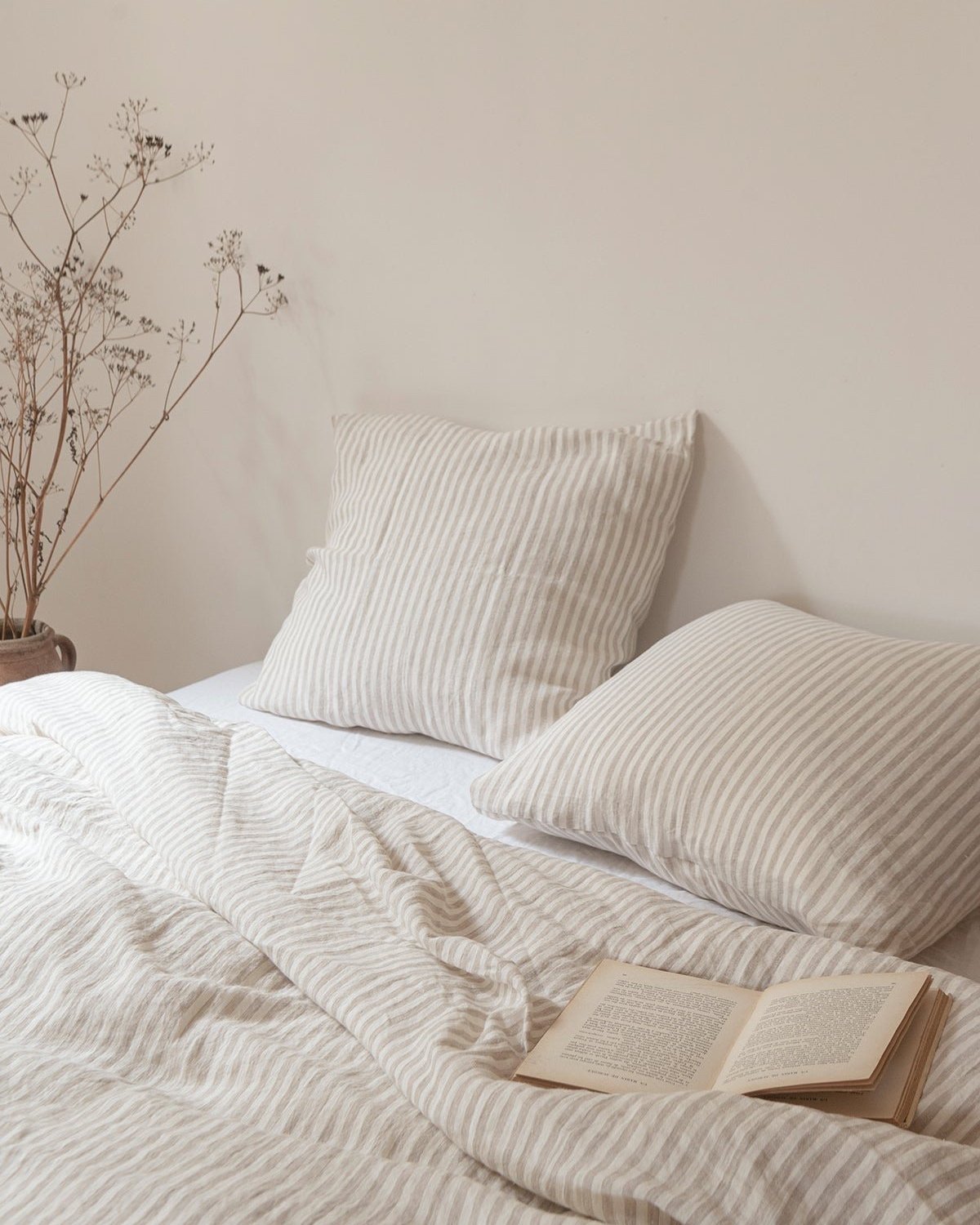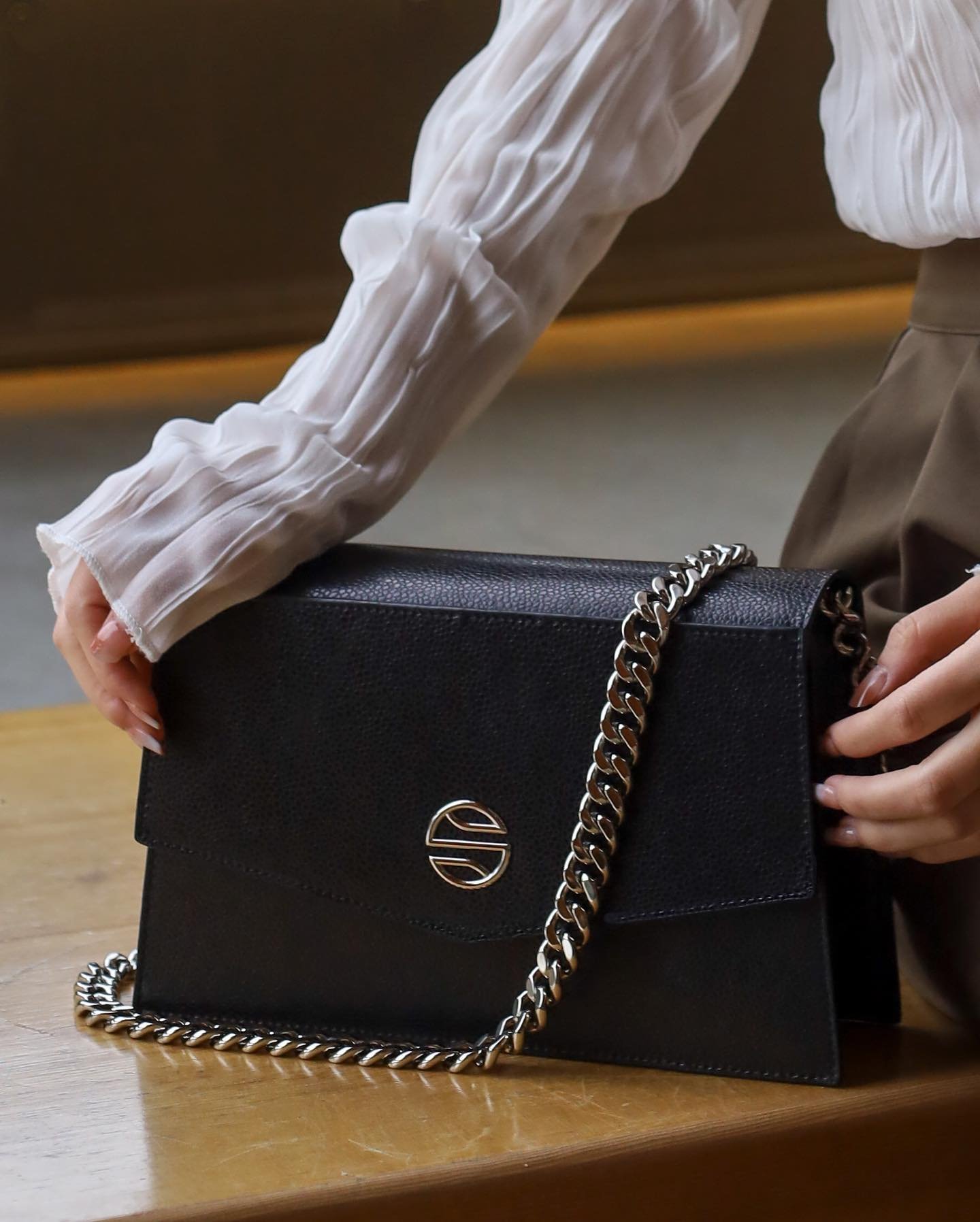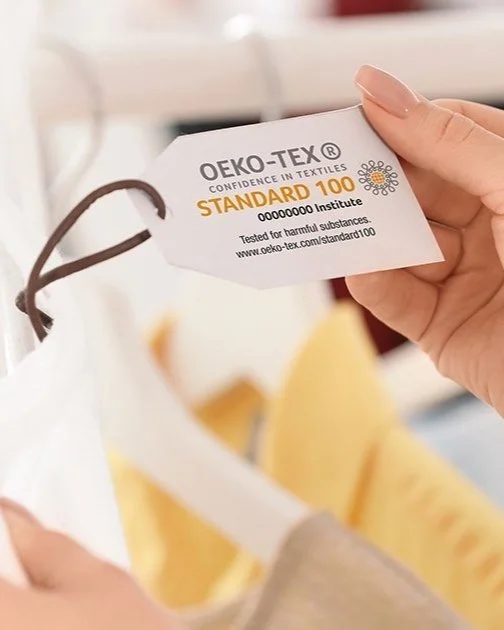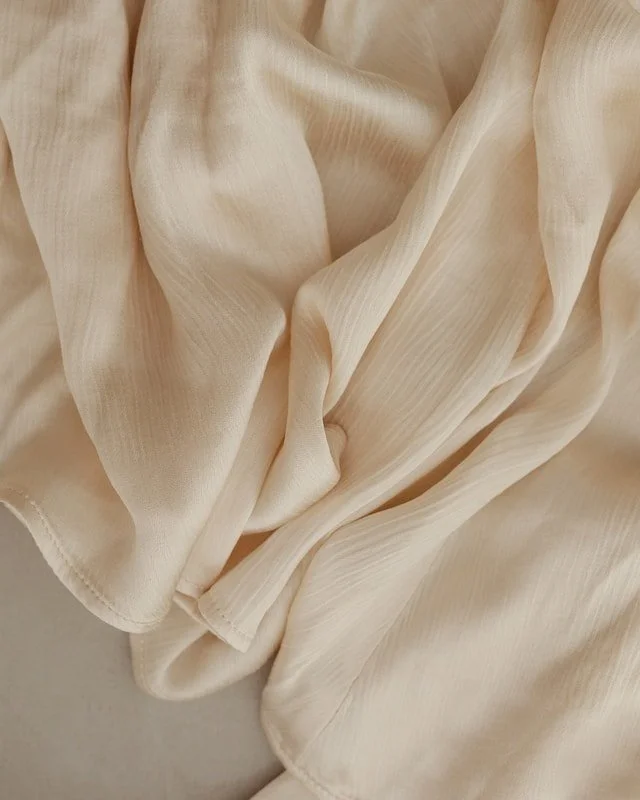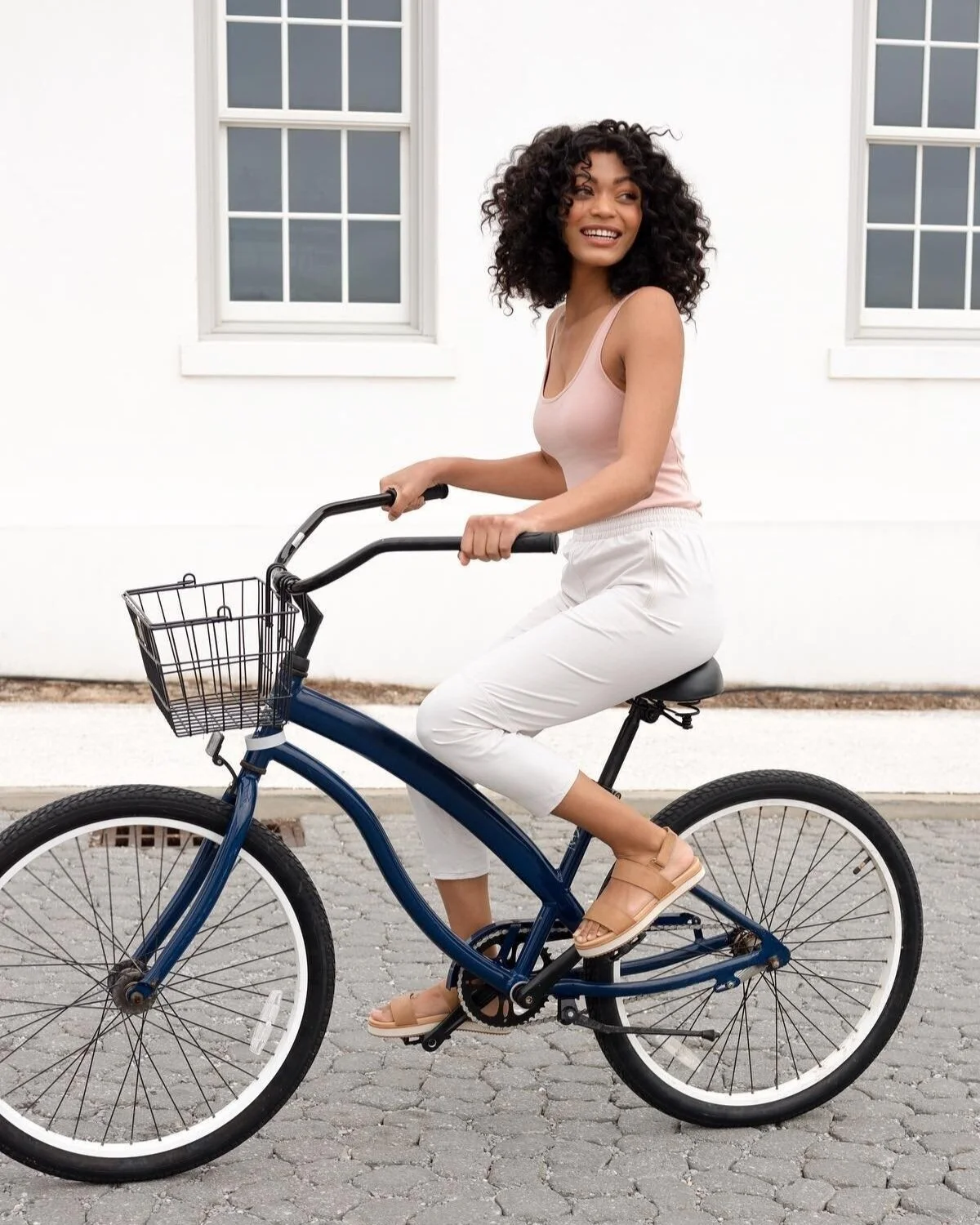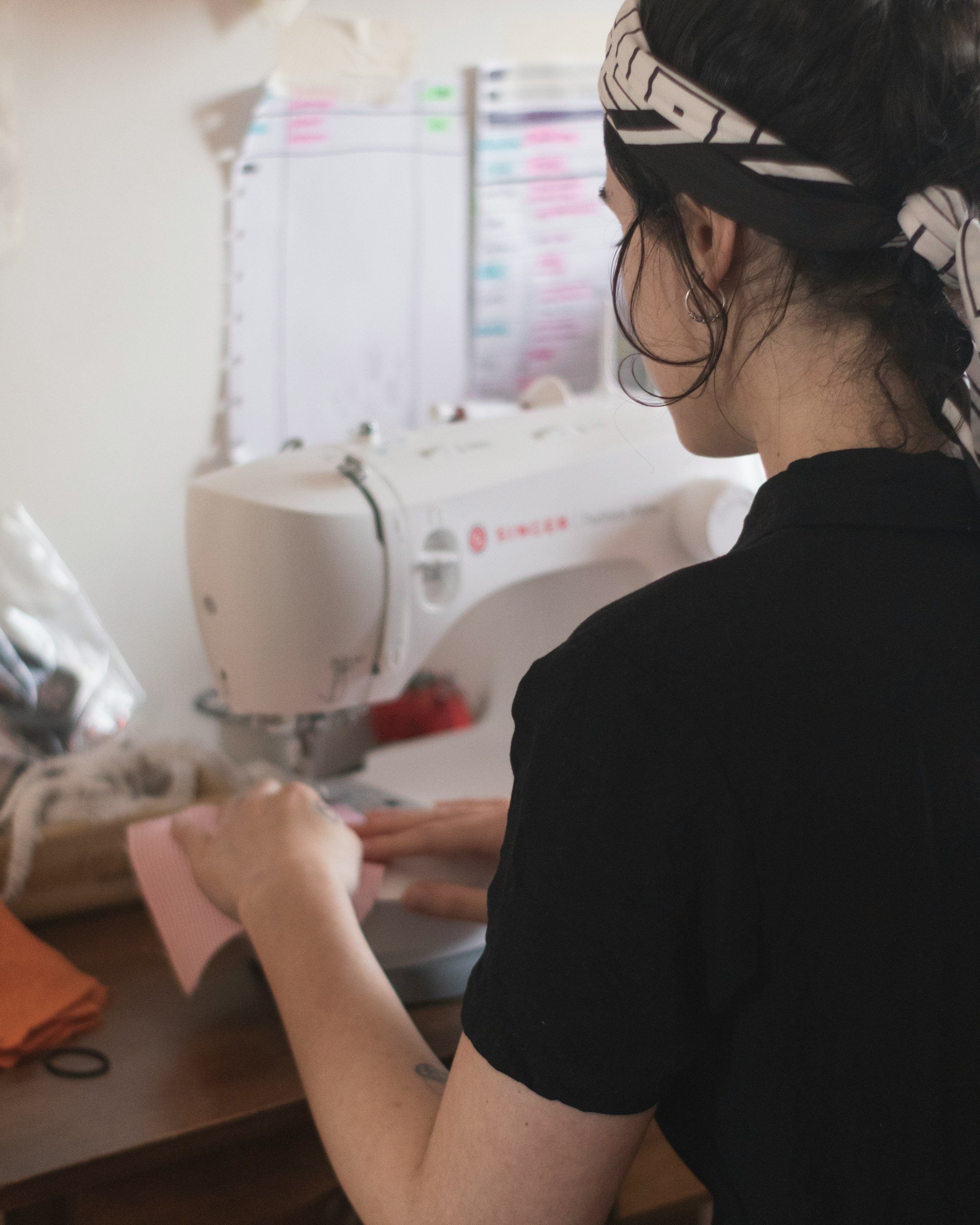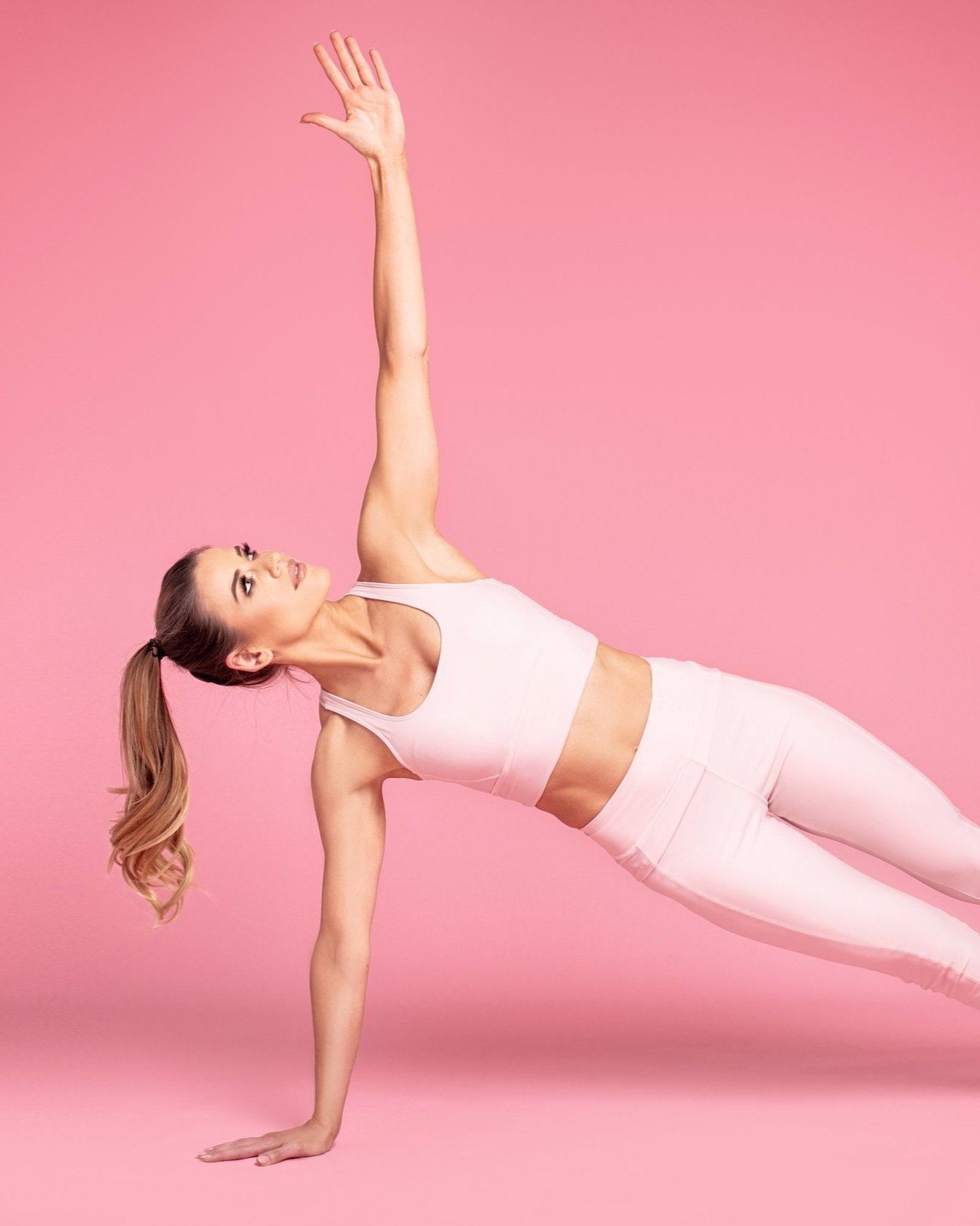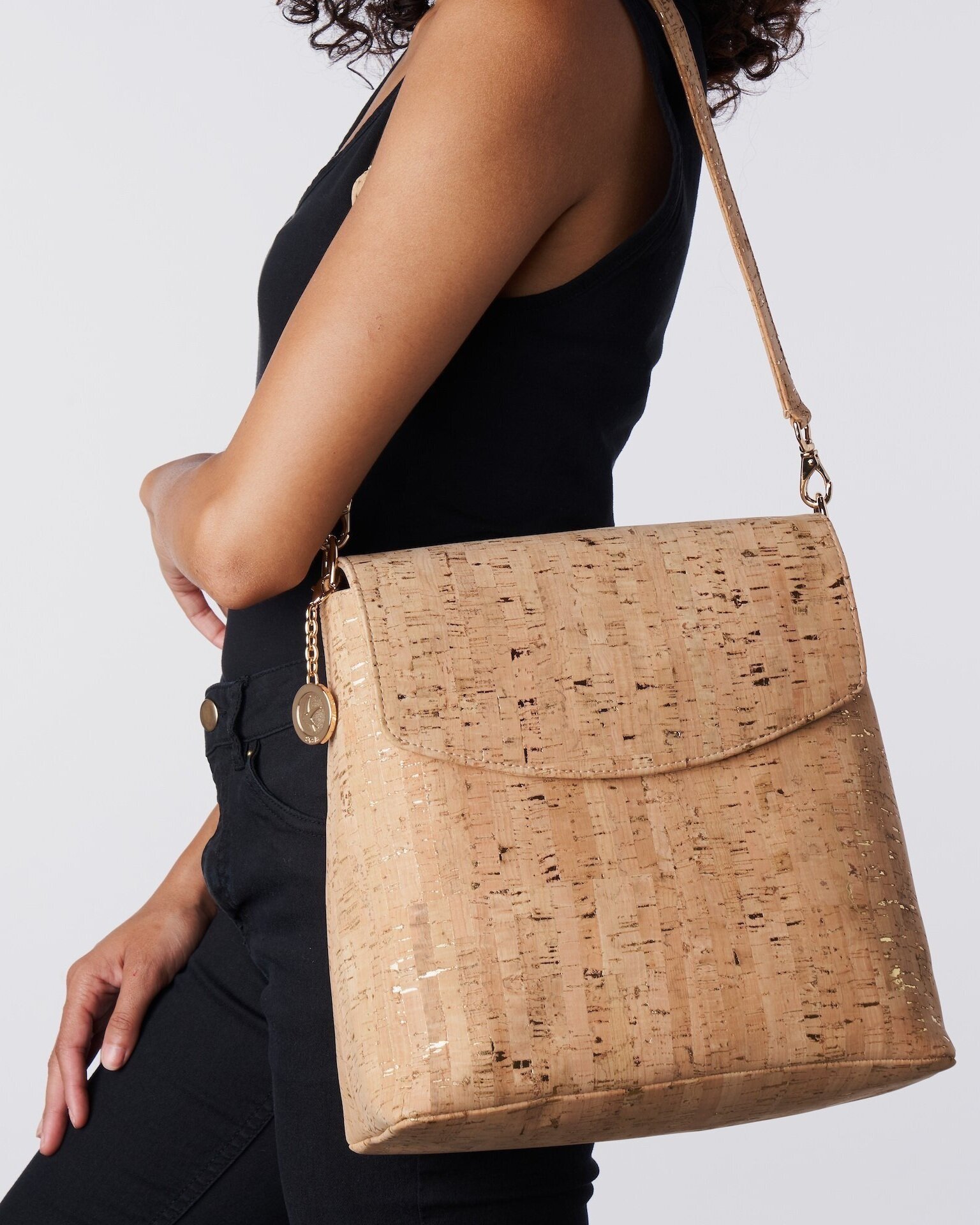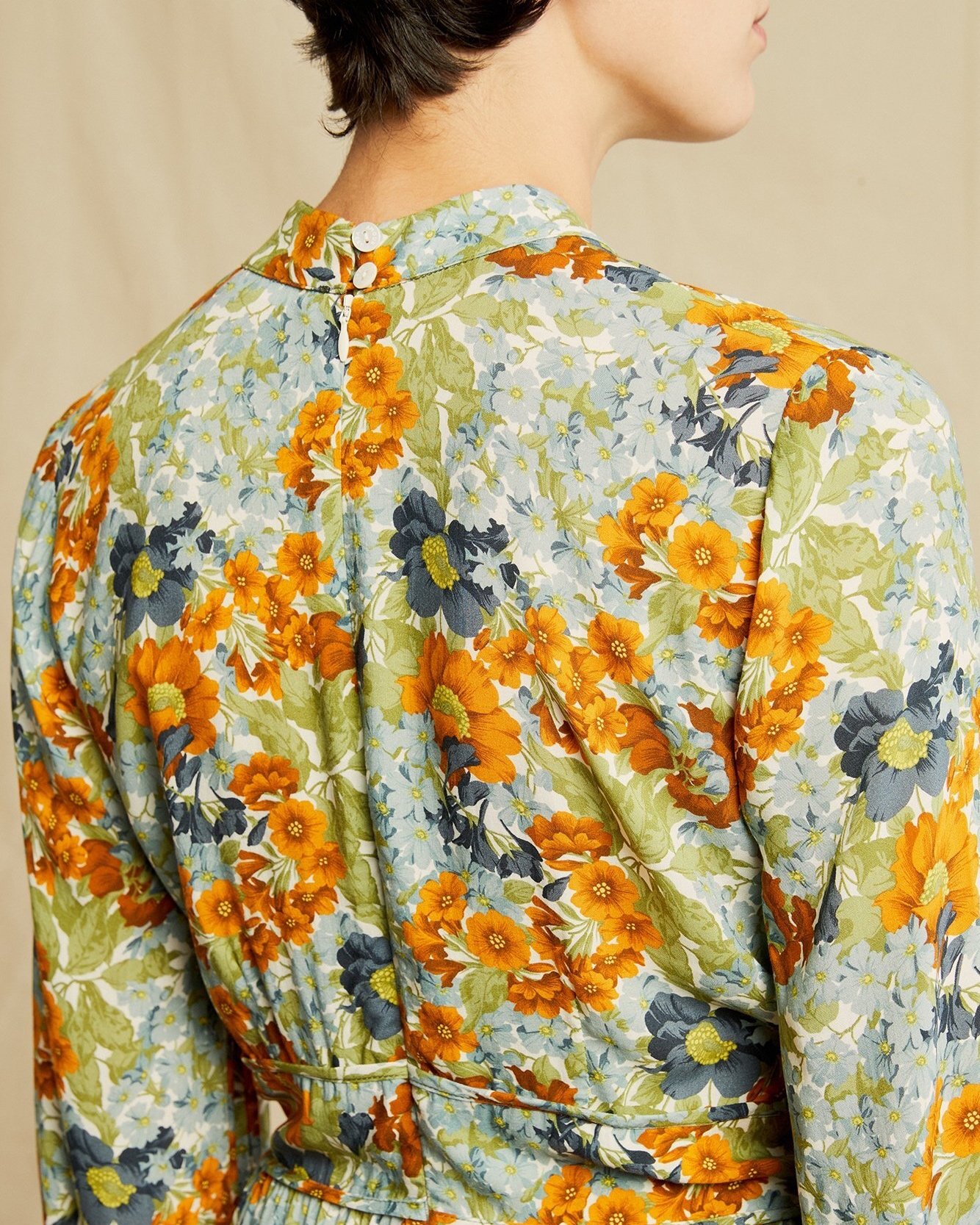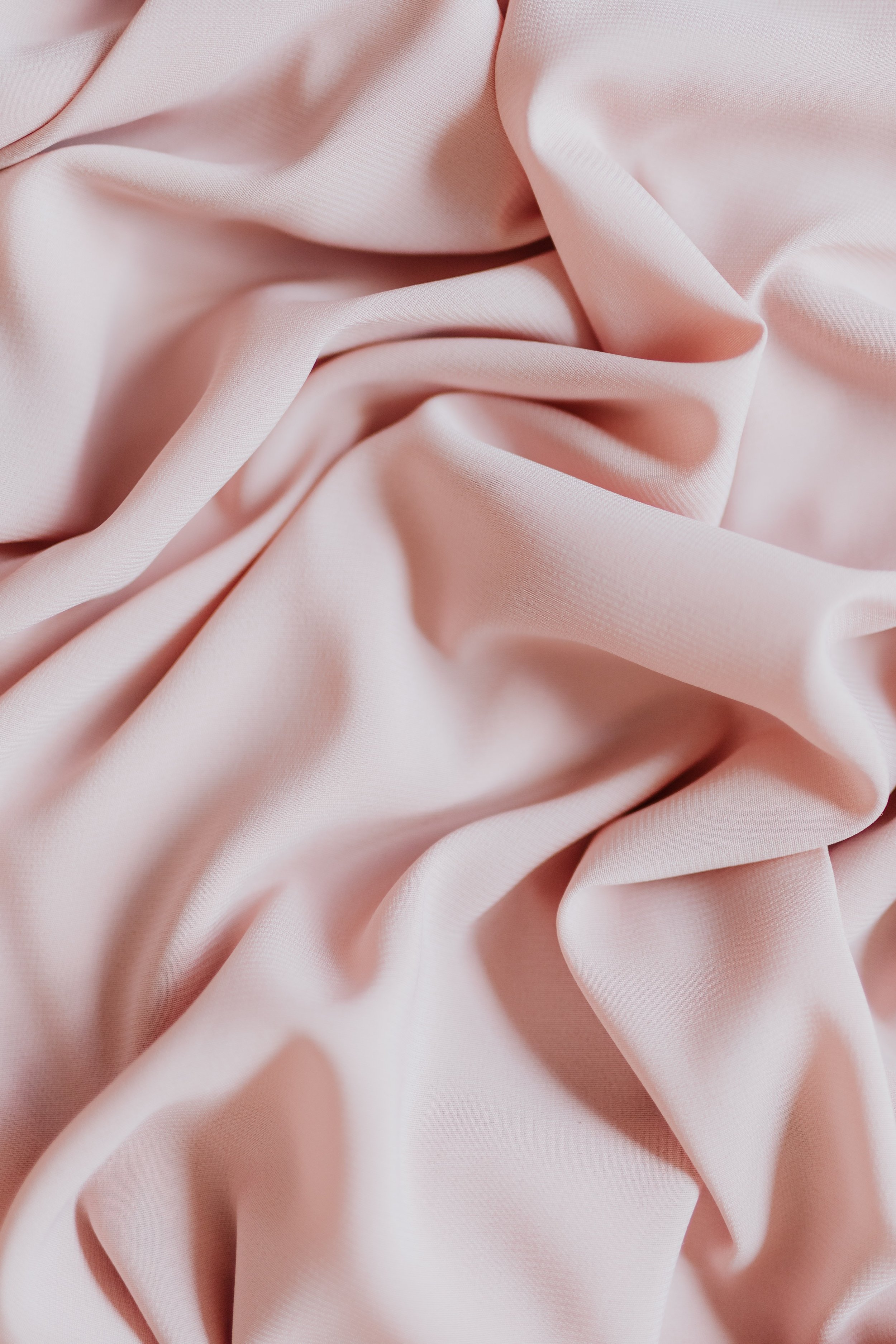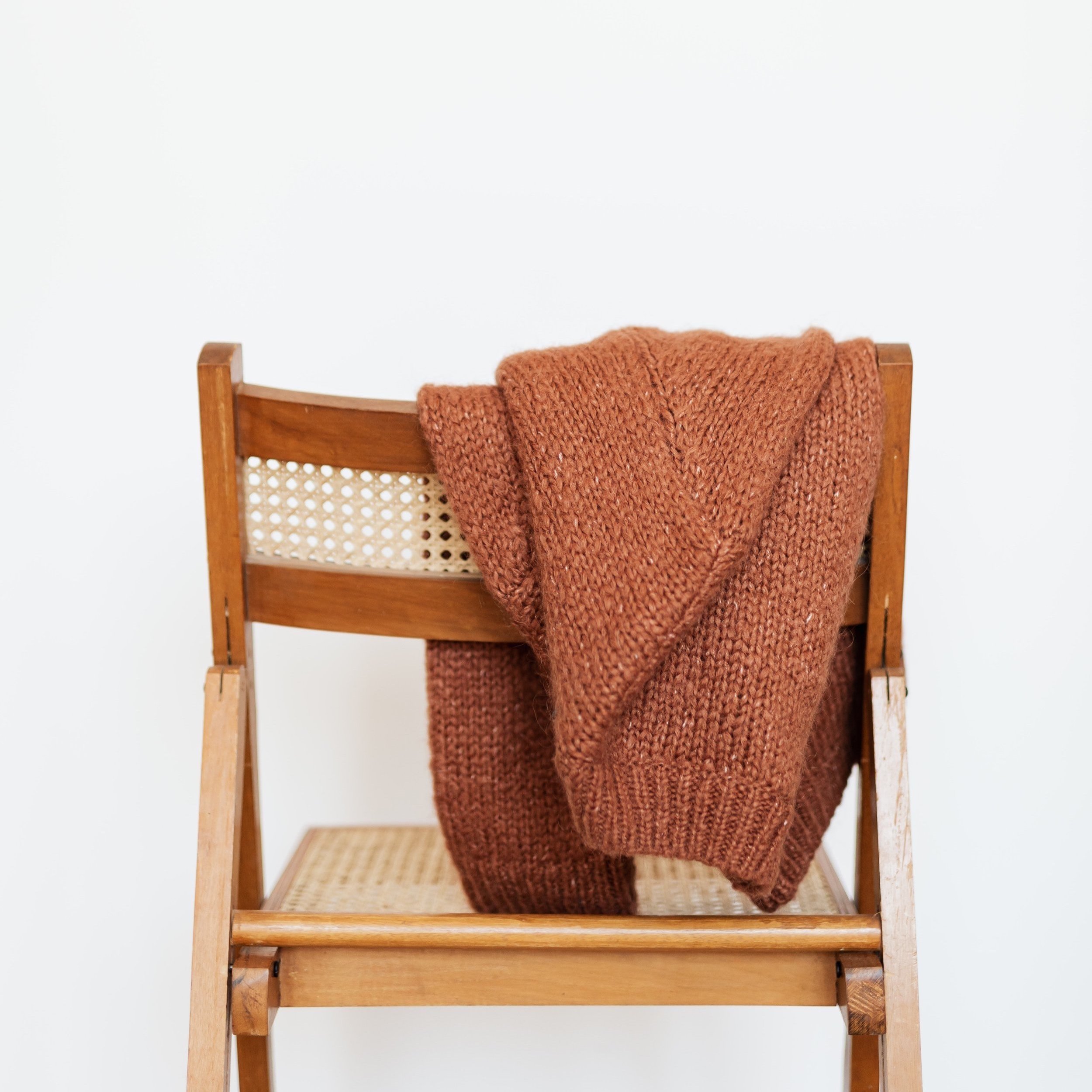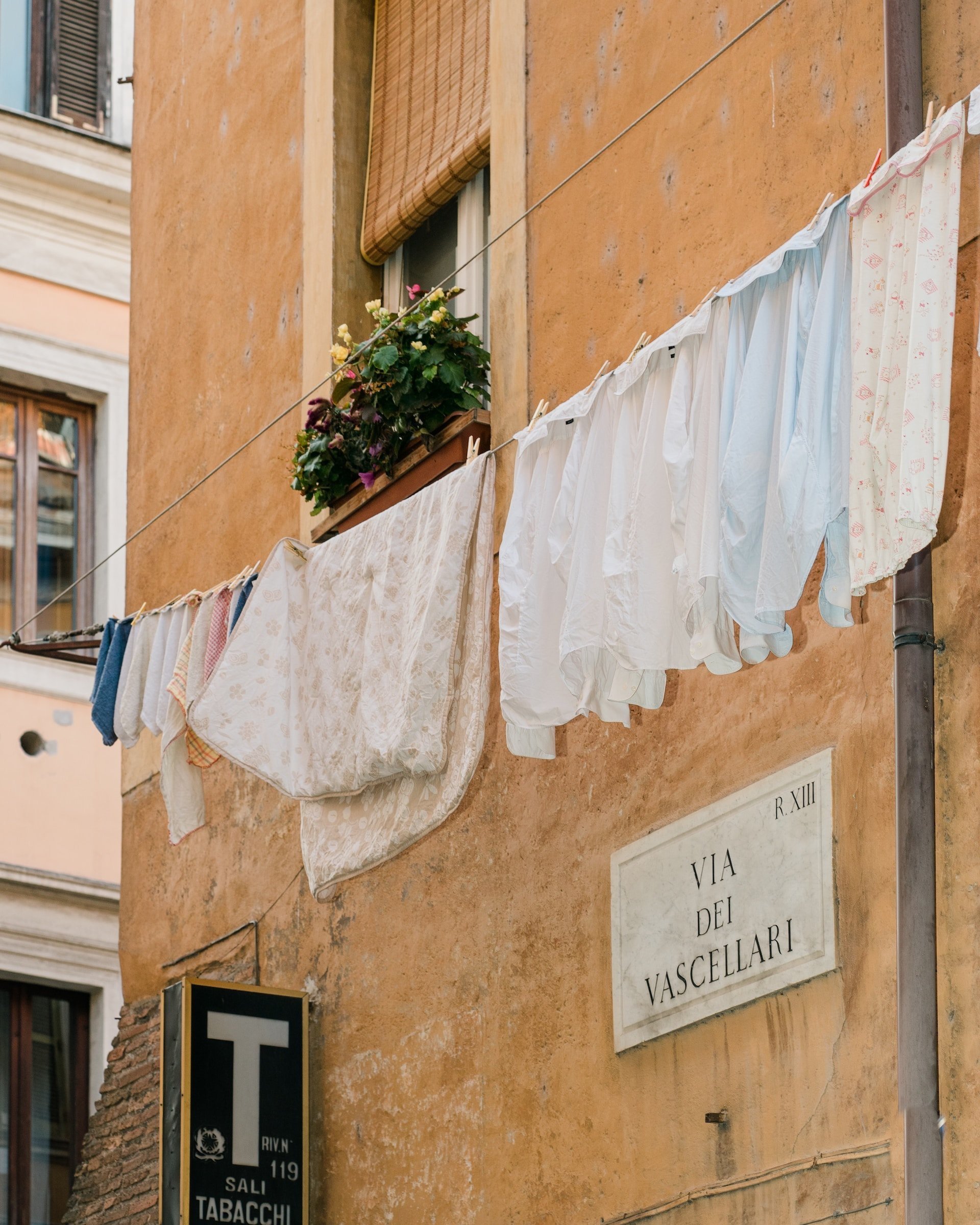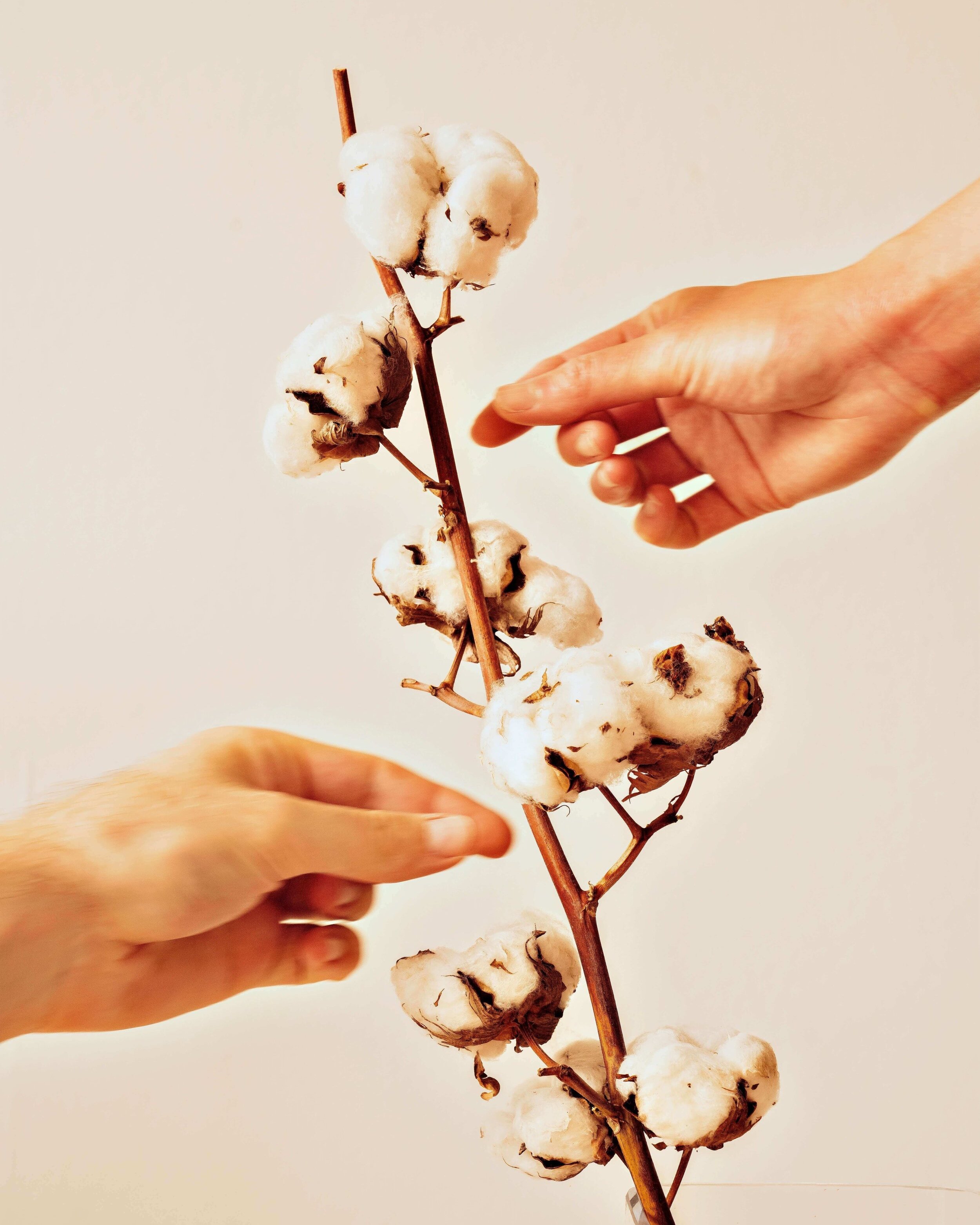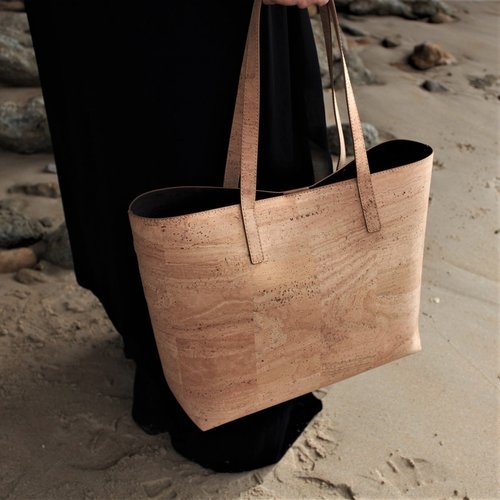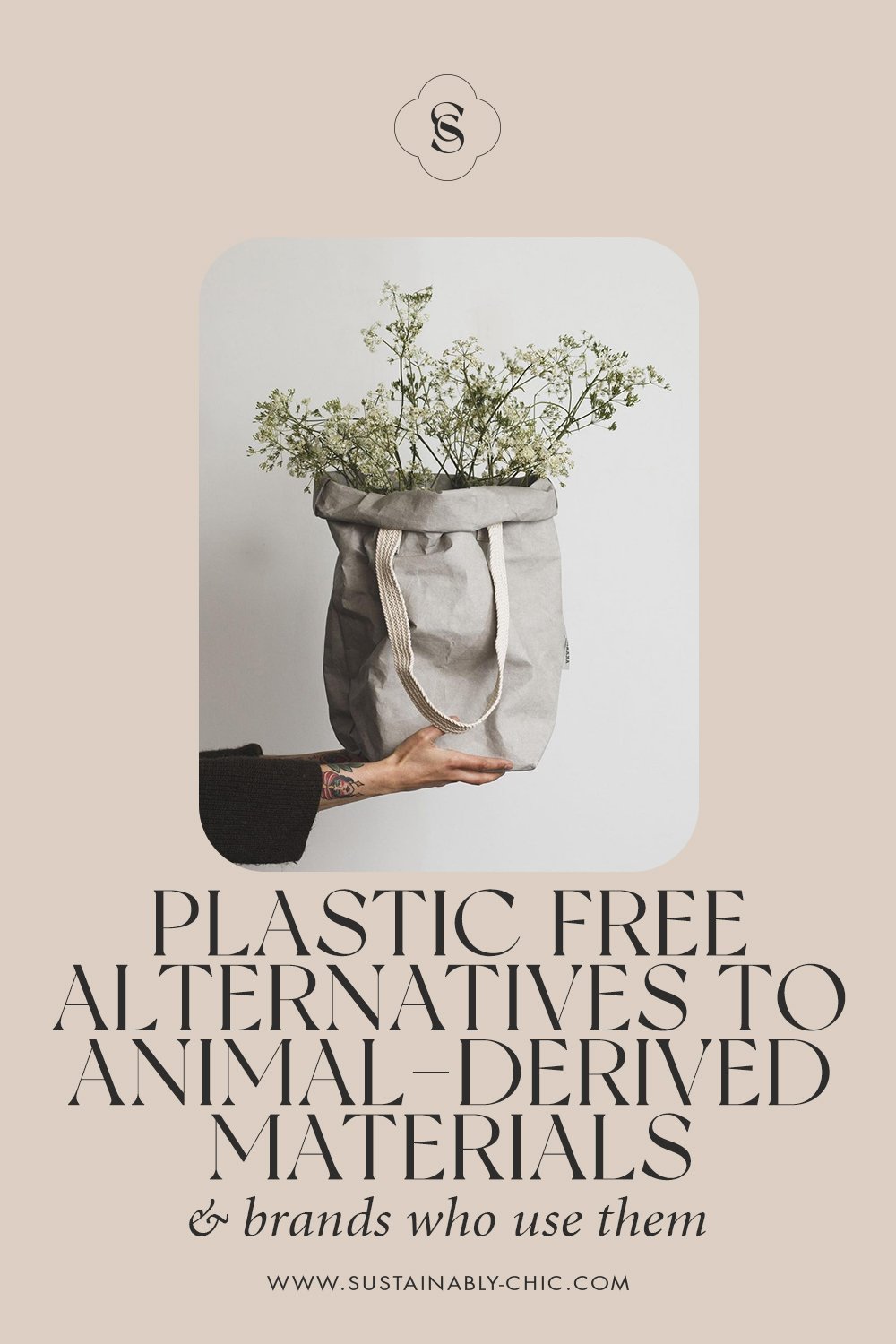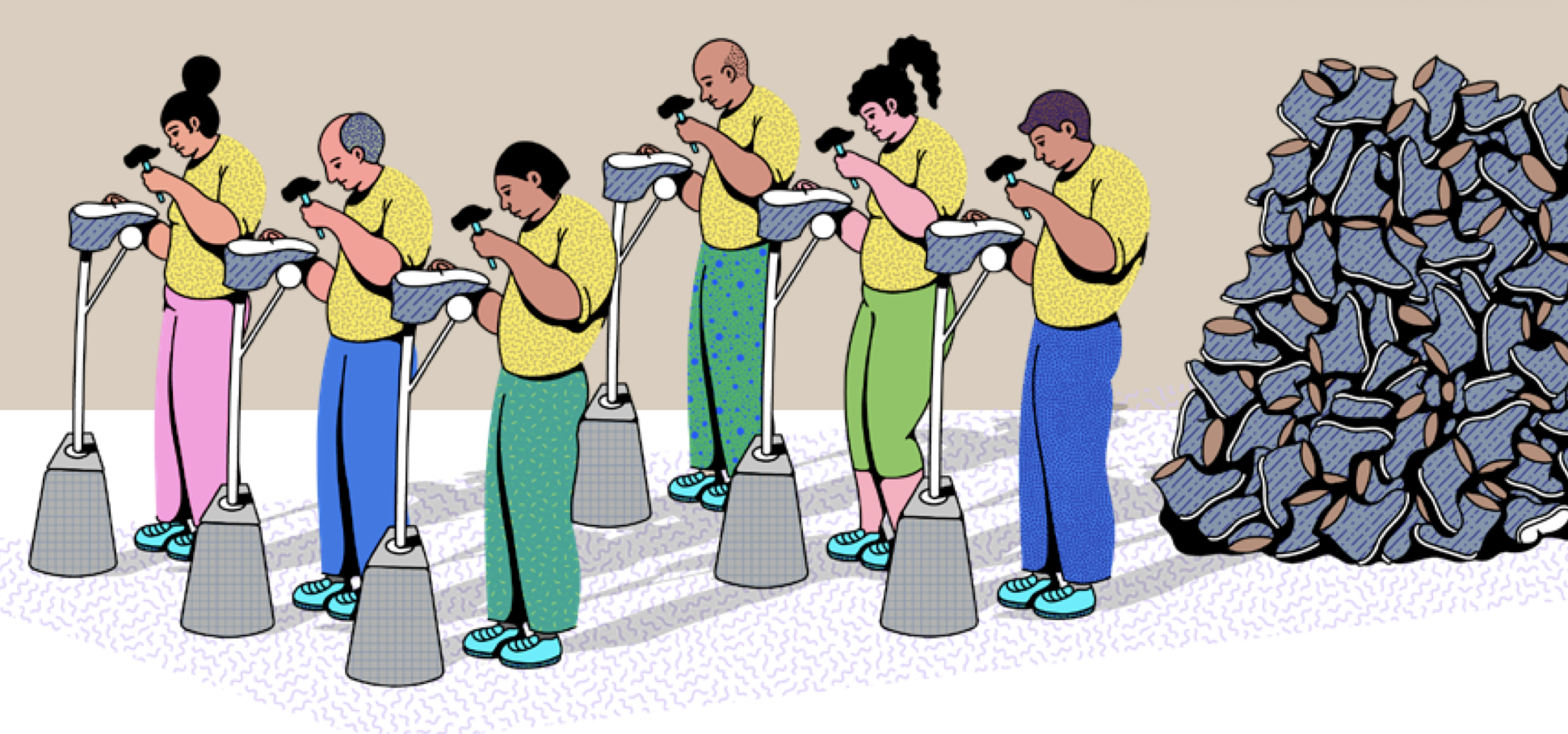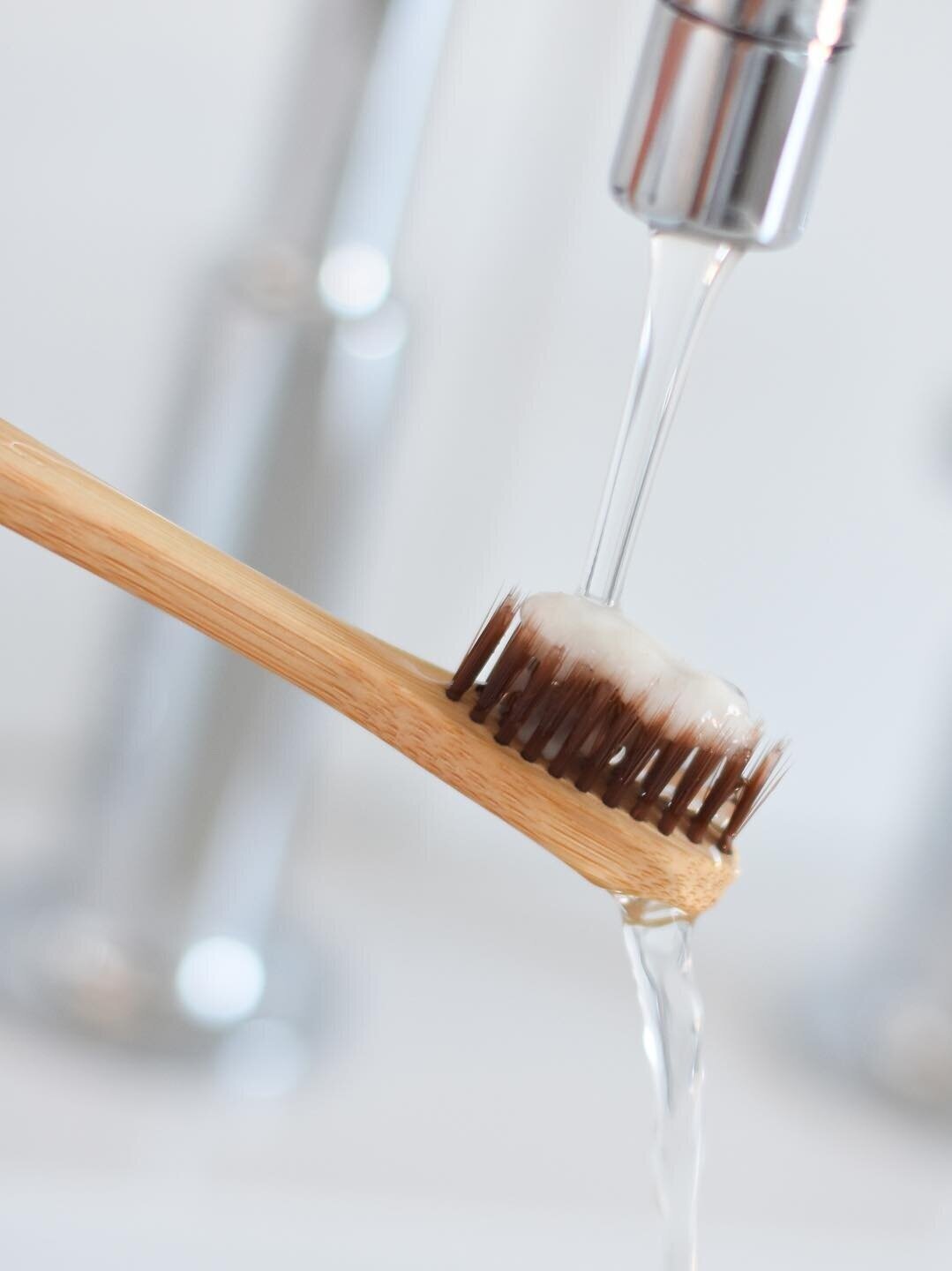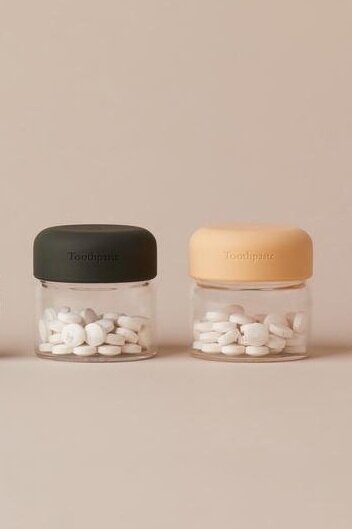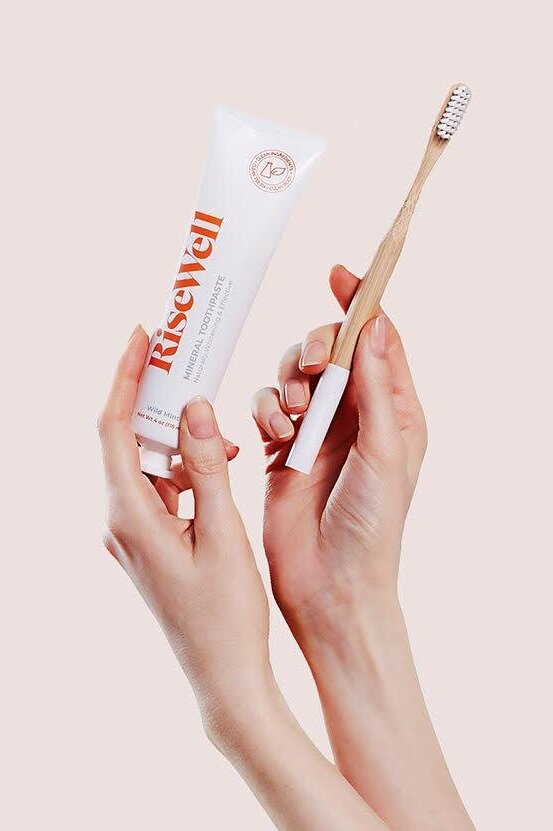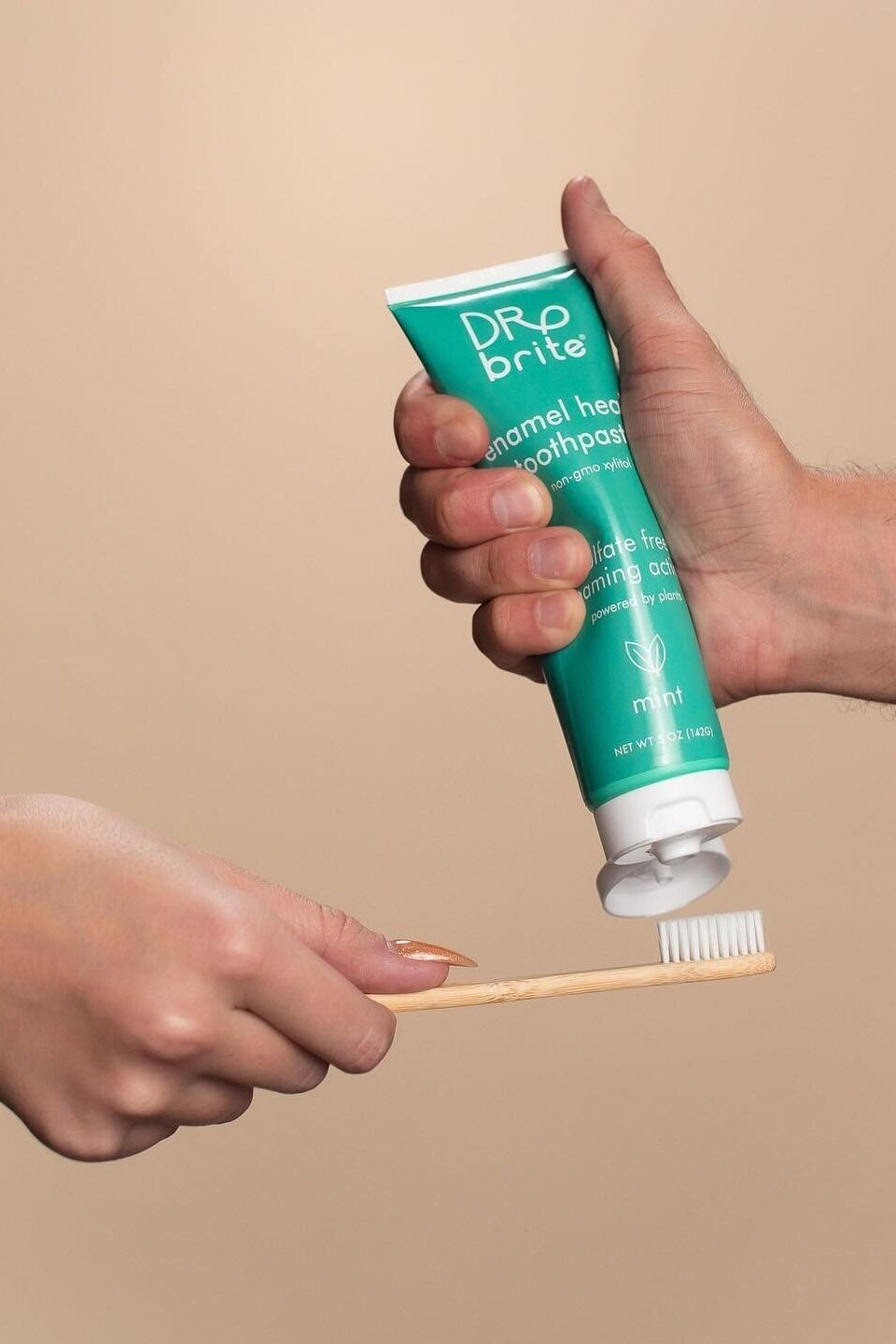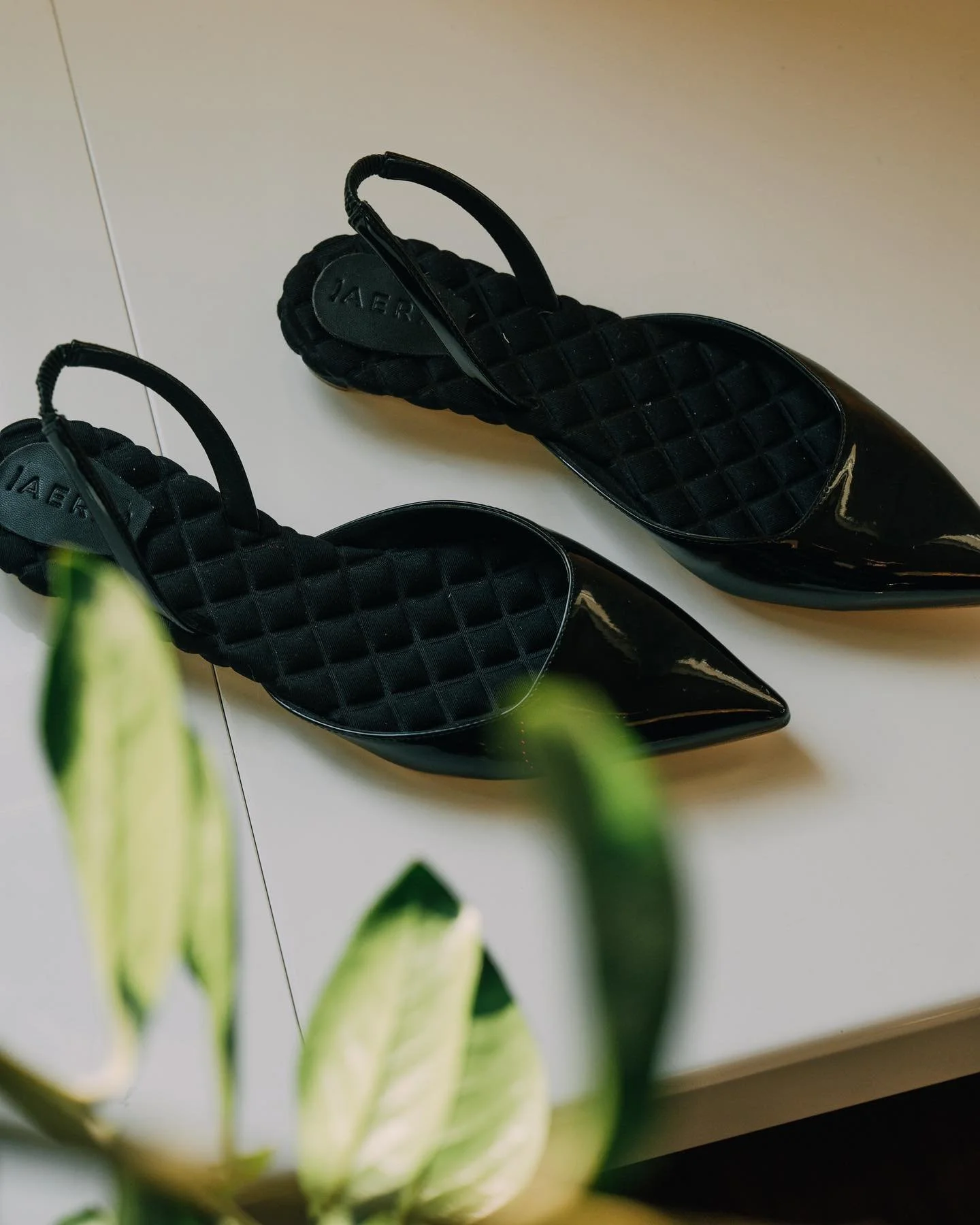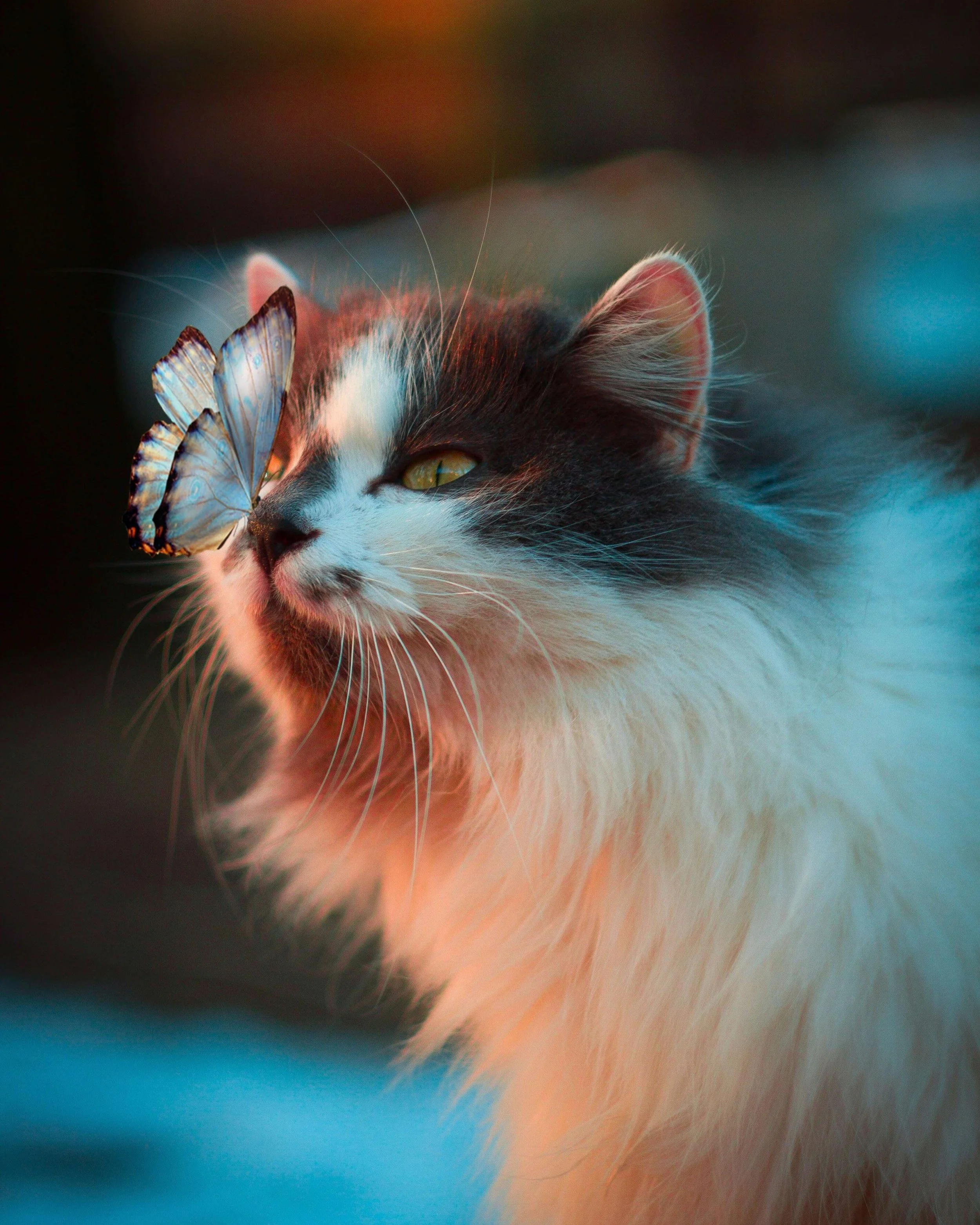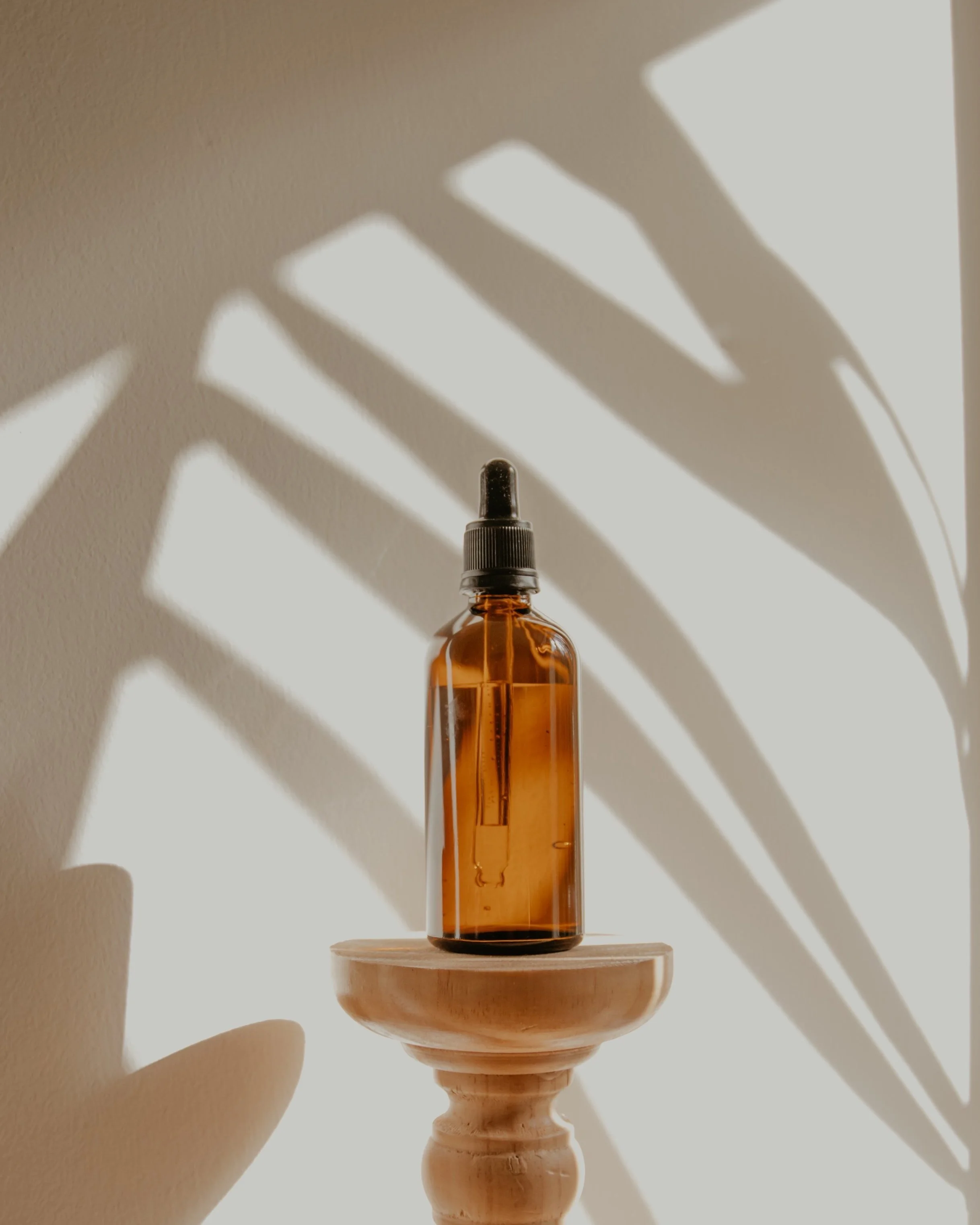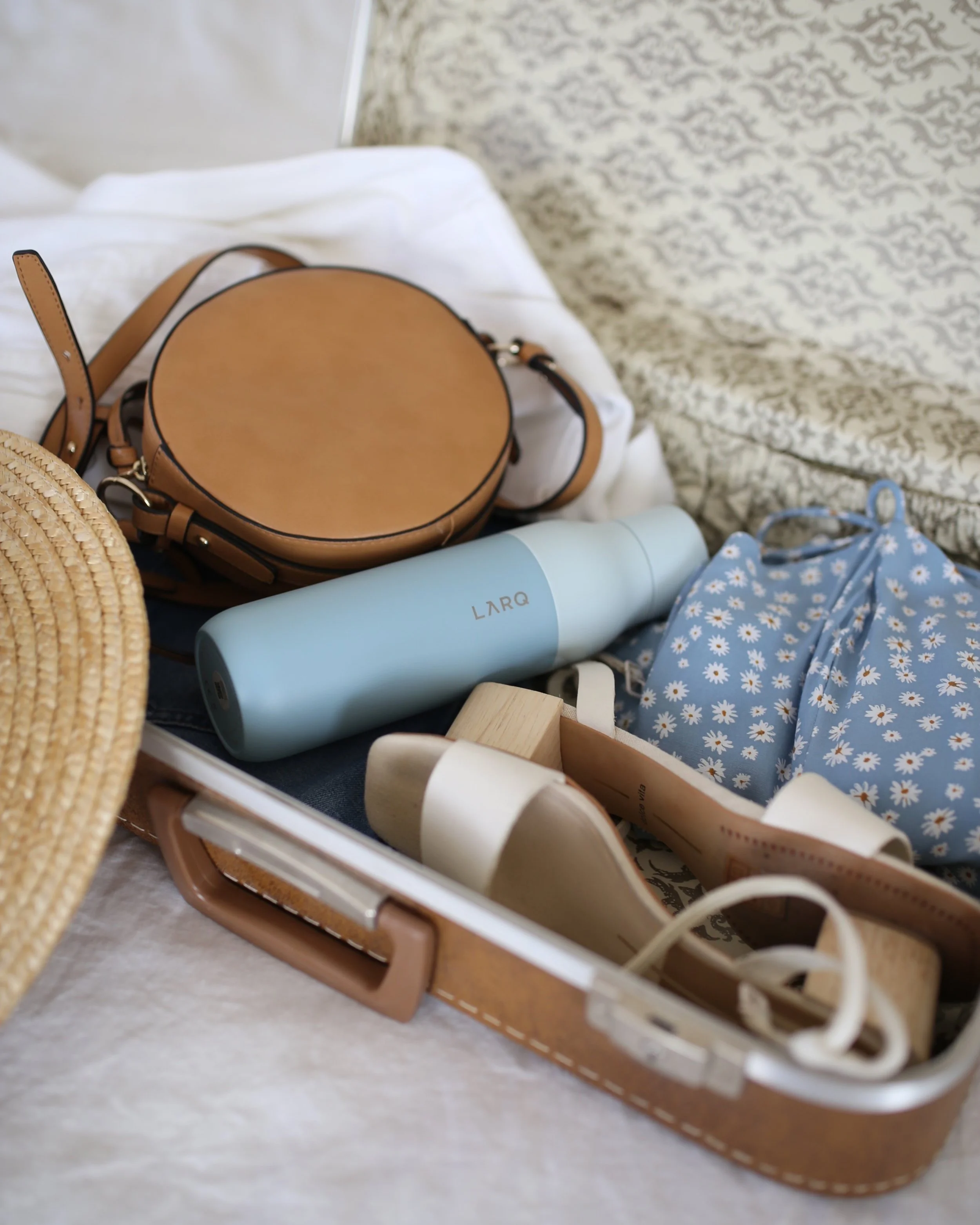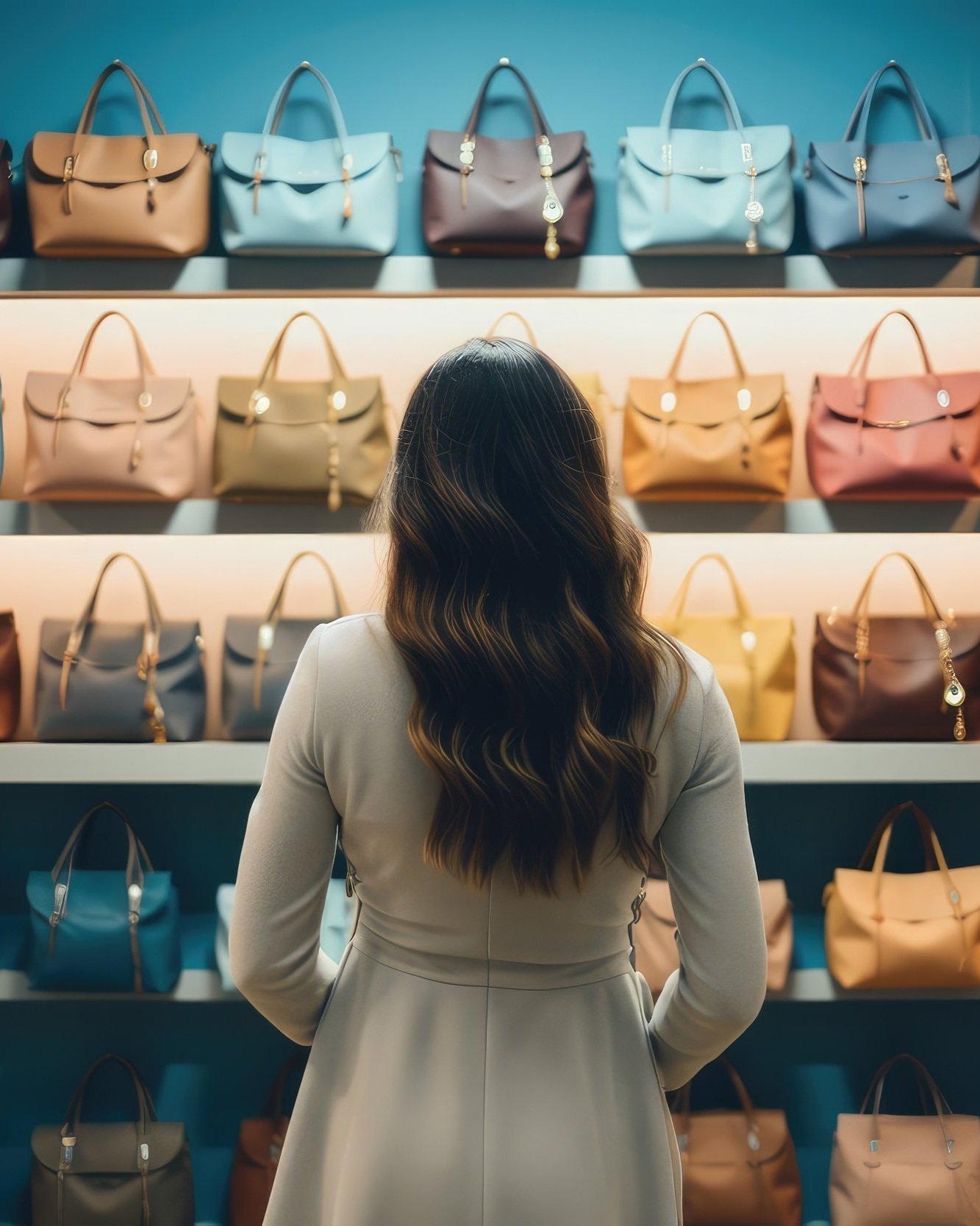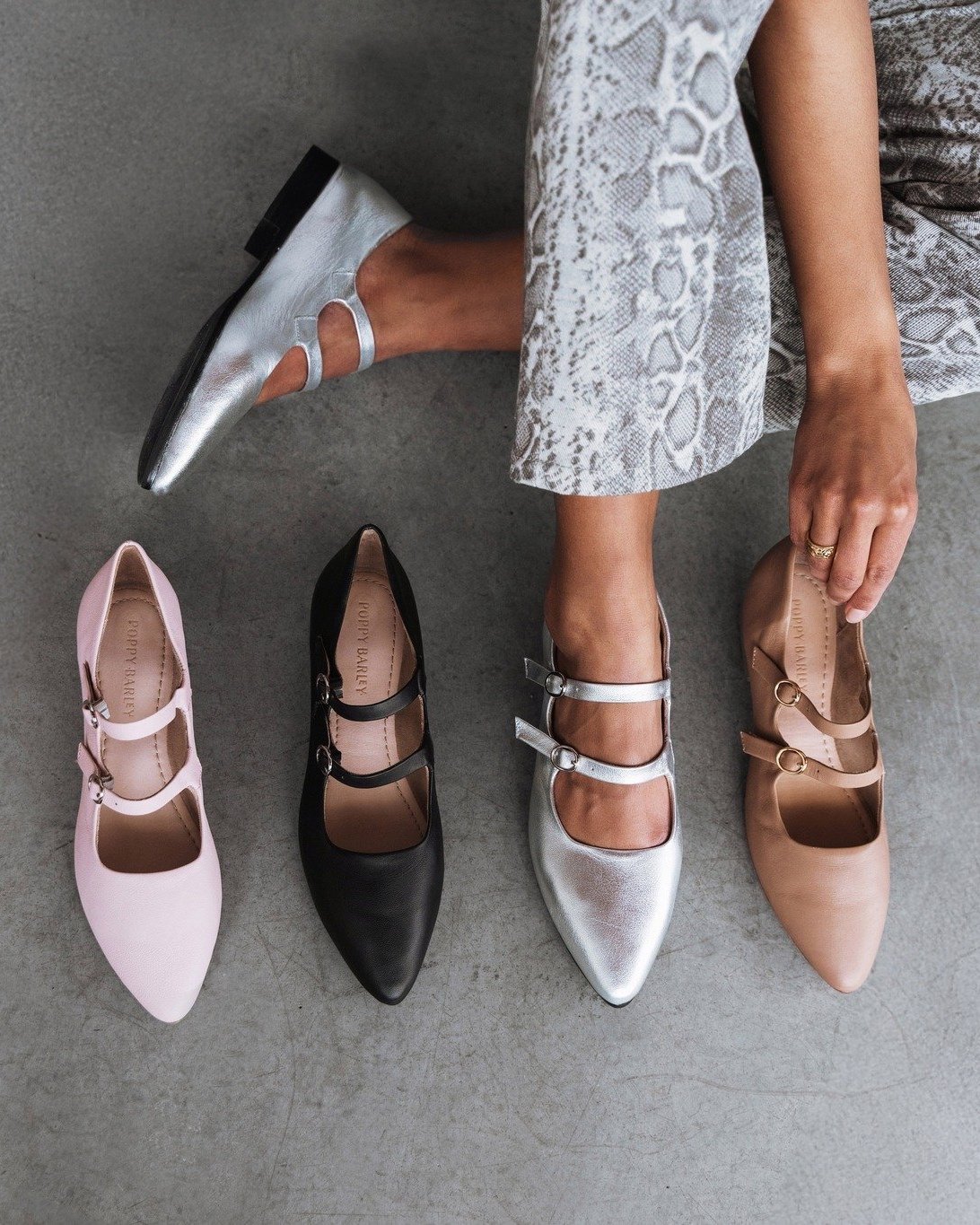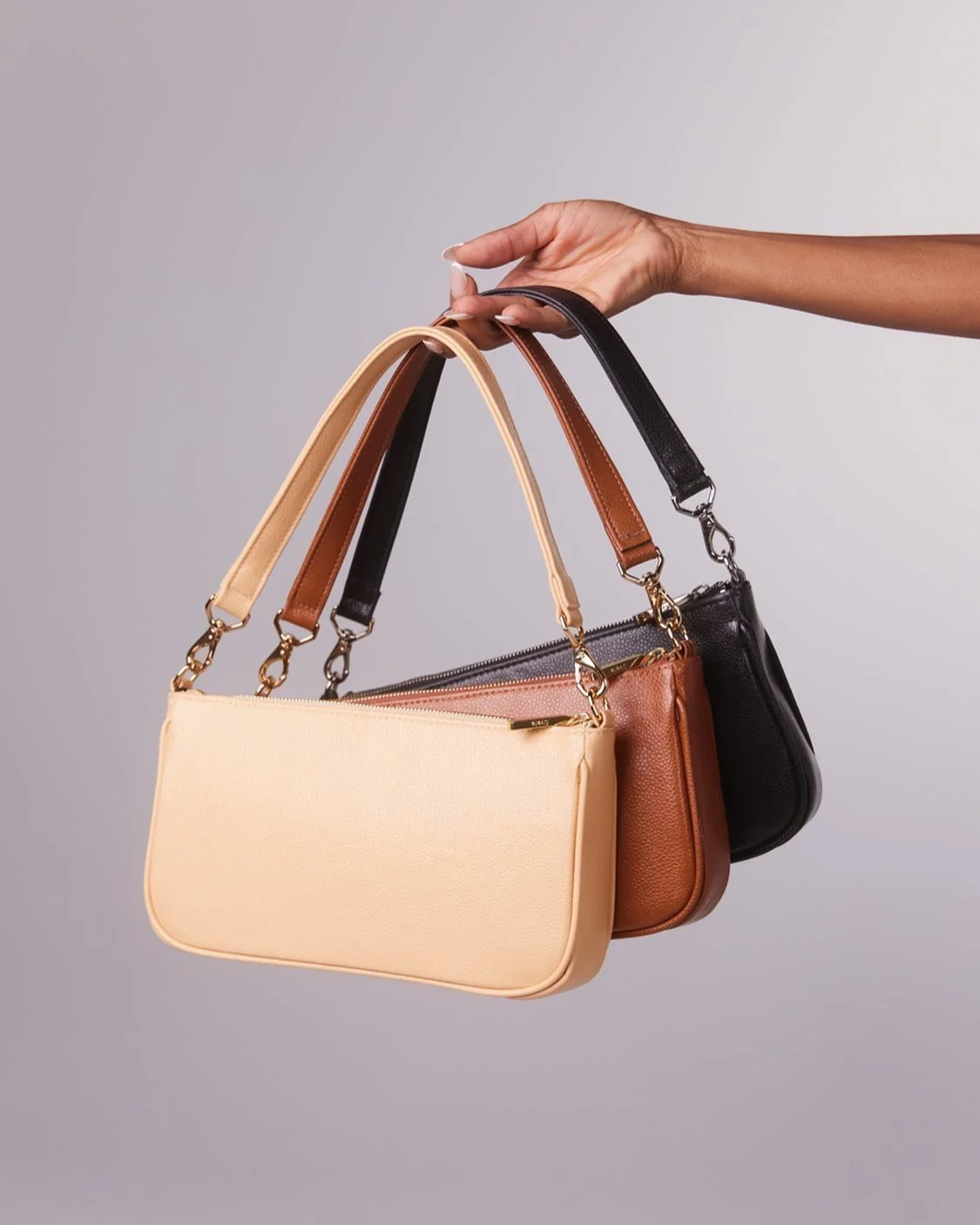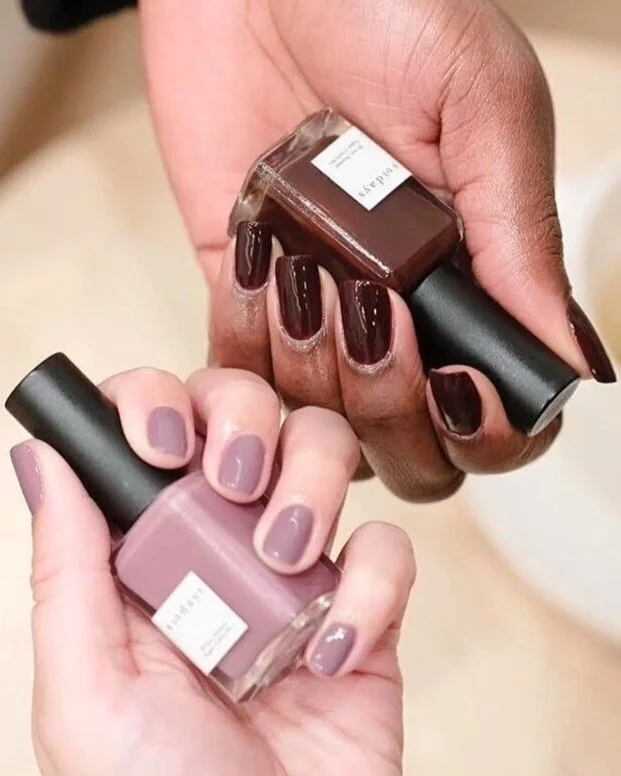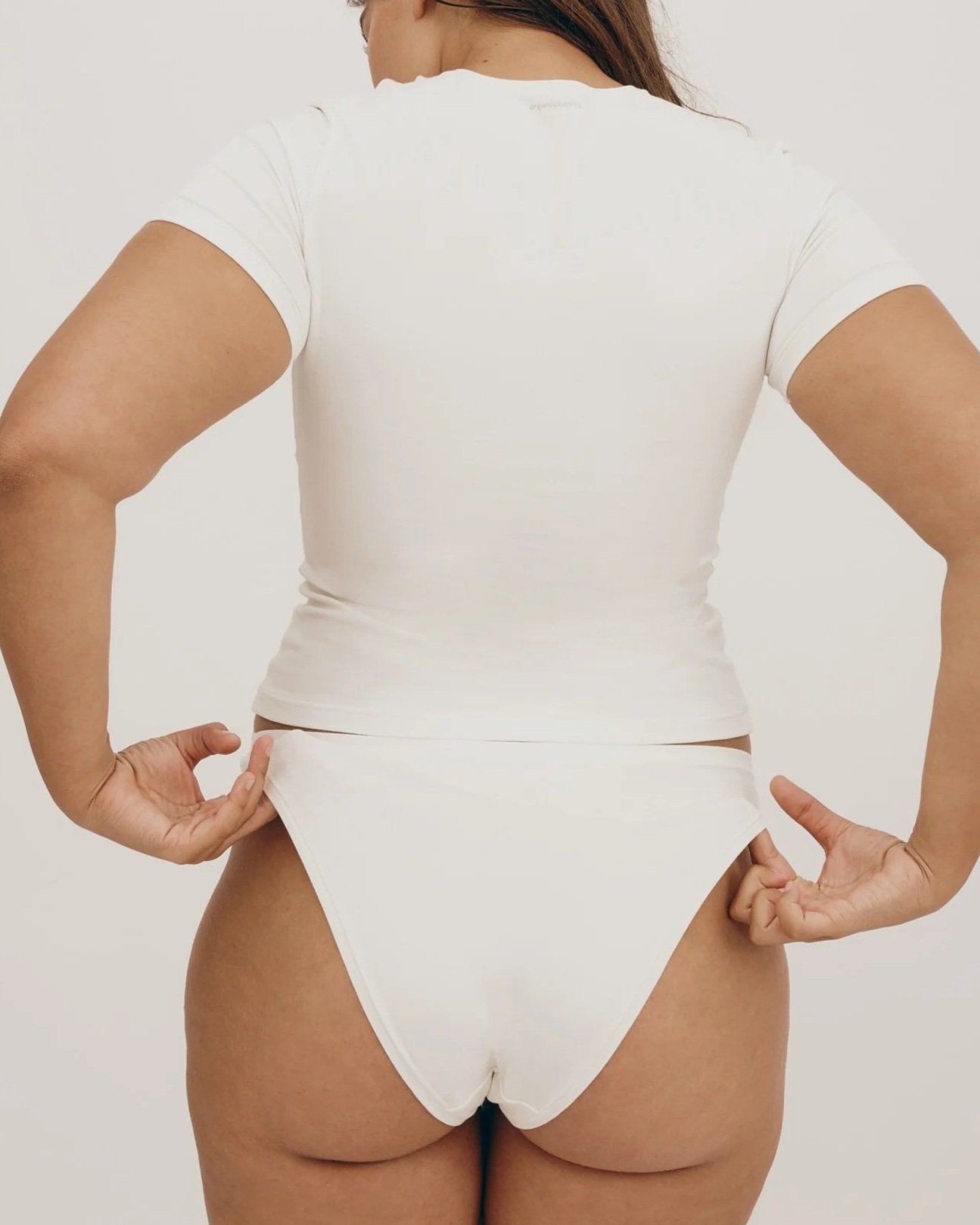image: Sabai Design
Disclosure: Some of the links below are affiliated; we may earn a small commission if you click through and make a purchase. We only ever add brands & products we truly believe in.
The Best Sustainable Vegan Furniture
The homes we create for ourselves are so important – a home should be a safe space, a nest, a place to hibernate and care for yourself. But the planet is our primary home, so we need to make sure that when we are furnishing our homes, we are caring for the planet, and all those living on it, too. It’s for this reason that sustainable, animal-free furnishing is growing in popularity.
Why sustainable, vegan furniture matters
Today, we are in a climate crisis. If we don’t act now to radically reduce our emissions, we will see further climate catastrophe; even more unruly wildfires, deadly floods, hurricanes and extreme, unliveable temperatures. We are facing mass extinction events, and a biodiversity crisis too, where many animal and plant species are becoming endangered and even disappearing.
While only system change can truly curb further crises, we all have our part to play – not only in using our voices to push and vote for said change, but to do our bit to reduce our personal impact. While we hear about sustainable and ethical fashion fairly often, sometimes we think less about furniture.
Not only should we buy less, buy better and care for the furniture we already have, we should consider vintage, and when buying new, consider animals, people and the planet. After all, just as with fashion, furniture and homewares are made by people who deserve fair treatment, and can either cause immense cruelty to animals and environmental harm, or be kinder, with a lower impact.
If you’re wondering ‘why vegan’, it’s important we remember that sustainability is also a form of social justice, and that all animals – humans and non-humans deserve protection. Too, animal-derived materials have disproportionately negative environmental impacts compared to many of their non-animal counterparts. So, let’s look at how to nail sustainable, vegan home furnishing…
Sofas – the centerpiece of the living room
A stylish home has a stylish couch. Sofas and lounges are one of the largest pieces of furniture anyone has, and our eyes often head straight to them in a living room. Many couches are made with either leather or wool, and some are filled with down.
Given the massive emissions, land clearing and water use associated with leather production – even when it’s vegetable tanned – and the similar impacts caused by wool, not to mention the cruelty to animals involved in producing these materials, it’s worth finding alternatives. Too, feather down comes from either live-plucked or slaughtered birds largely raised in polluting factory-farms. We can do better than that. Whether you choose a totally different material like a sustainable cotton velvet or corduroy, linen, hemp or a plant-based leather, there are plenty of options when buying new – which, remember, isn’t your only option! Here a few top of the line examples of what you could fill your home with:
1) Sabai
This BIPOC owned brand makes a classic ‘essential sofa’ from recycled velvet, FSC wood and recycled fiber filling that doesn’t release the same supposedly toxic substances some foams can. This company also aims to ‘close the loop’ by offering to replace parts of your sofa which might wear out after about a decade, so you don’t need to buy a whole new couch.
Sabai also offers love seats, ottomans and plenty of other gorgeous interiors – made sustainably and ethically in North Carolina.
use code CHIC150 for $150 off orders of $595 or more (cannot be combined with other discounts) expires Aug 31, 2025
2) Medley
Made fairly in Los Angeles, these sofas come in 75 material options, with plenty of plant-based, ethical options to choose from. Propped up on American, consciously sourced hardwood and filled with non-toxic certified foam, Medley offers mid-century and other minimalistically styled couches in a variety of sizes and shapes to suit your needs.
3) Ecobalanza
With plenty of material options available, Ecobalanza’s perhaps most sustainable and animal-friendly option is their organic cotton couch filled with natural kapuk fiber. The brand uses only Forest Stewardship Certified (FSC) wood as well as certified organic latex.
Everything here is made to order, ensuring reduced waste and only loved furniture is made. In a world where so many purchases head to landfill so soon, this is important.
4) Gus* Modern
Ever wanted a modular couch made partly from apple skins, cores and seeds diverted from apple juice industry waste streams?
Now you can.
Gus* Modern offers AppleSkin couches and chairs, with this material reducing agricultural waste, maintaining a smaller land and carbon footprint than leather, while being oh so comfortable to sit on.
While this material is pricier, it’s worth noting many eco-conscious homeware brands offer (water-based and solvent free) PU vegan leather which is far from perfect, but which still has a far reduced production impact, and is free from cruelty.
Gus* couches and chairs also only use FSC wood to ensure forest protection, and instead of down-filled cushions, otherwise discarded plastic bottles are recycled into a soft, comfortable filling.
Rugs and blankets – the cozy elements
The simplest way to warm up a room is to add a soft rug to it. Rugs and throws that lie under and drape over couches are very often made from wool, supporting a slaughter industry. If you’d rather choose something kinder, there are plenty of options – recycled and organic cotton, hemp, post-consumer waste fabrics, Tencel and more.
Whether you want an earthier, more textured and sturdy rug, or something super soft and pillowy (better suited for a part of your home with less foot traffic) there are some great selections out there. Here are a few:
1) Miss Amara
This Australian brand has a beautiful collection of rugs, and with an easy search function that allows you to select only the materials you’re looking for, choosing sustainable and vegan is easy. Offering materials like jute, cotton, recycled plastic-bottles, hemp and even bamboo silk, Miss Amara has simple, block-coloured rug offerings, as well as intricate patterned and linear detailed designs.
2) Bhumi
Offering the softest, classically styled cable knit blankets and throws made from certified organic and fair trade cotton, Bhumi is an ethical, animal-free label. These blankets are free from unsustainable chemical bleaches and dyes, even recommended for babies and their sensitive skin. Everything at Bhumi is made in fair trade Indian facilities.
3) Hook and Loom
Recycling post-consumer cotton textiles into loomed rugs that don’t require any latex backing, Hook and Loom’s eco-cotton collection is a sustainable choice.
With both neutral and bold colors, minimalist block patterns and a wide variety of sizes available, there’s plenty to explore here.
4) Zouzou
This label is designed in very limited runs, so you know your rug will be unique, and that there’s always something new to explore from Zouzou. Made ethically in India using bamboo silk – a kind of bamboo viscose which can be made more sustainably – Zouzou is a great choice if you’re looking for muted tones and an animal and plastic free rug.
5) Slow Down Studio
If you’re looking for a blanket to bring a bit of color and life to your bedroom or living area, Slow Down Studio might be your new favorite. Woven with American grown and recycled cotton, this label offers limited edition collaborations with different independent artists.
Abstract forms and shapes, illustrations and patterns look beautiful against more minimalist furniture pieces, with these pieces spun and woven in the USA.
Bedding that won’t keep you up at night
Who wants to rest their head on a bed that’s caused environmental destruction and cruelty, when dreamier, green and ethical options exist? When it comes to bedding, again, we need to watch out for down feathers. We also want to avoid unsustainable virgin synthetic replacements, and again, wool. Too, if you’re looking for bed sheets that keep your hair and skin extra smooth, you might want to find a silk alternative.
1) MINNA
Feature cushions can enliven a bedroom and bring some texture to a space. MINNA is a queer owned business dedicated to cultural preservation, parterning with family-run and independent co-operatives full of artisans using indigenous techniques to make throw pillows.
MINNA’s organic cotton collection made across Mexico and Peru feature neutral and pastel tones in simple and beautiful patterns.
2) ettitude
This brand’s bedding is made from bamboo lyocell, a material that’s as soft as silk, breathable like cotton and more sustainable than both. Bamboo lyocell is made in a closed-loop system, avoiding water pollution while transforming bamboo fibers into the softest material you’ve touched.
In beautiful dark green olive, dusty rose, pastel and neutral tones, ettitude has something for everyone.
3) Avocado
If you’re looking for bedding, Avocado’s got it all. FSC hardwood bed frames, pillows filled with kapok seed-hair fiber from growing trees, certified vegan, organic cotton, non-toxic mattresses, you name it. With a wealth of information on their ethical practices, responsible and fair trade sourcing, material choices and everything in between, you can be comfortable knowing that the vegan options at Avocado are as good as bedding gets.
4) VISO
Another label to enliven both your living and bedroom, VISO offers cotton throw cushions and blankets to snuggle up with. VISO is another label offering limited-edition designs, and supports artisan communities through their label, which uses recycled and plant-based materials.
Featuring block colors and abstract forms, VISO’s blankets also make for beautiful wall hangings, which make a bedroom feel extra warm and homely.
About the Author
Emma Håkansson is the founder and director of Collective Fashion Justice which seeks to create a total ethics fashion system that prioritizes the life and wellbeing of non-human & human animals, as well as the planet, before profit & production. She has written countless articles on ethics, sustainability, and fashion, and has two books due out over the next two years.
MAKE SURE TO PIN THE PHOTO BELOW TO SAVE THIS POST FOR LATER!
WANT MORE SUSTAINABLE BRANDS? VISIT OUR BRAND DIRECTORY!
Our Brand Directory is home to hundreds of sustainable brands, from makeup to cleaning supplies, from underwear to shoes. We have broken everything down by category for easy shopping, along with discount codes unique to Sustainably Chic viewers.



















